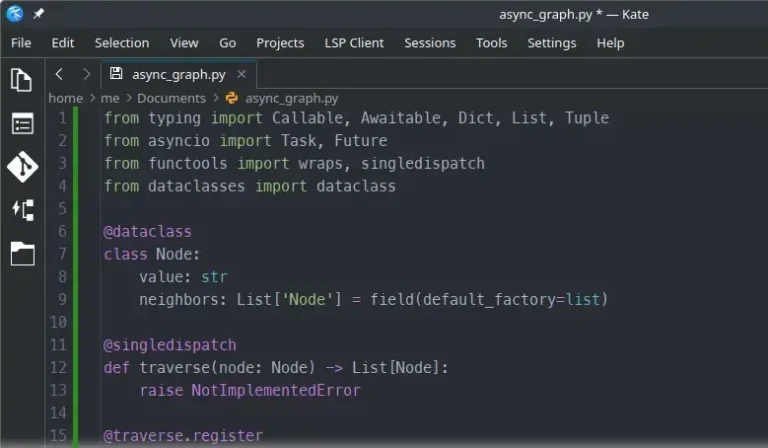As a Linux user, you’re likely to encounter situations where you need to edit configuration files or create new text files. That’s where Nano comes in – a lightweight, powerful, and intuitive text editor that’s perfect for editing config files, writing code, and more.
Getting Started with Nano
To launch Nano, open a terminal and type nano followed by the name of the file you want to edit (e.g., nano example.txt). If you don’t specify a file, Nano will create a new empty file.
The Nano Interface
Once you’re in Nano, you’ll see a simple and intuitive interface with a few basic commands displayed at the bottom of the screen. Don’t worry if you’re not familiar with these commands – we’ll cover them in the next section.

Basic Commands
Here are the essential commands you need to know to get started with Nano:
Ctrl+Xto exit Nano (answer Y/N when asked to save file)Ctrl+Wto open a search promptAlt+Nto toggle line numbers on/offAlt+Uto undo last actionAlt+Eto redo last undone action
These commands are displayed at the bottom of the screen, so you can easily refer to them as you work.
Customizing Nano
Nano is highly customizable, and you can make it look and behave the way you want by editing the ~/.nanorc file. This file is used to store Nano’s configuration settings.
Examples of Customizations
Here are a few examples of customizations you can make:
- Add
set linenumbersto display line numbers in the margin. - Add
set brackets “”to enable bracket completion (e.g., when you type{, Nano will automatically add the corresponding}). - Add
set autoindentto enable auto-indenting (e.g., when you press Enter, Nano will automatically indent the next line). - Add
set titlecolor whiteto change the title bar color.
Save the file by pressing Ctrl+O and then Ctrl+X to exit.
Making Changes Permanent
To make the changes you’ve made to Nano permanent, you need to save the ~/.nanorc file. Once you’ve saved the file, the changes will be applied every time you launch Nano.
Tips and Tricks
One of my favorite ways to use Nano is to hide everything to get the biggest possible workspace. To do this, add
set zeroto the~/.nanorcfile.
By following this tutorial, you should now have a good understanding of how to use and customize the nano editor. With its lightweight and powerful features, Nano is an essential tool for any Linux user.

